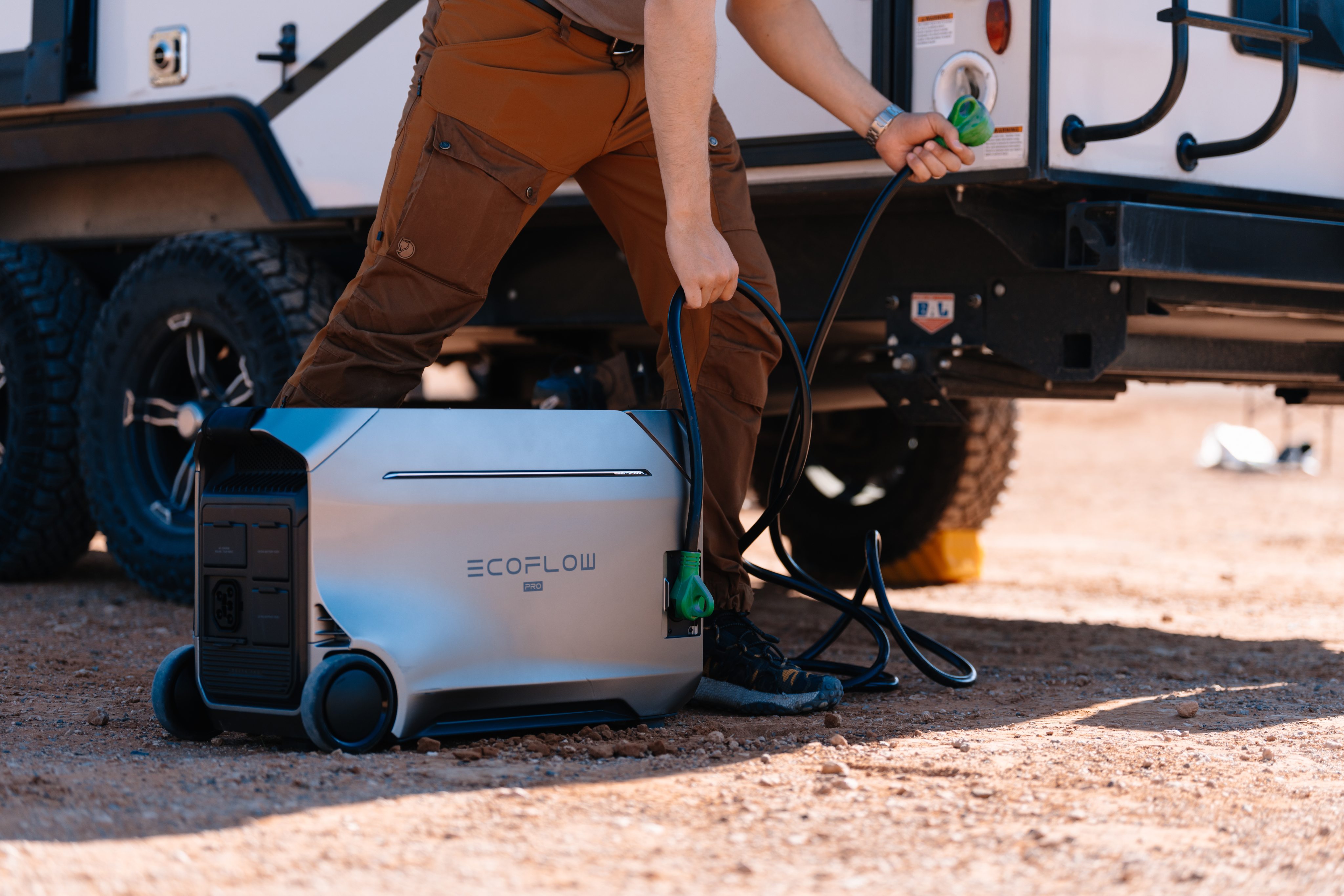Everything You Need to Know About Duke Energy Power Outage in 2025
When the power cuts out, it’s more than just a flick of darkness—it’s your fridge stalling, your Wi-Fi vanishing, and your sense of normalcy suddenly paused. For Duke Energy customers spread across six states, outages can arrive with zero warning but maximum disruption. But here’s where you flip the script: This comprehensive guide provides actionable steps and resources to help you effectively manage and prepare for power outages within Duke Energy's service areas.
Duke Energy's Service Areas
Duke Energy is one of the largest electric power holding companies in the United States, serving approximately 8.4 million customers across six states:
North Carolina
South Carolina
Florida
Indiana
Ohio
Kentucky
Common Causes of Power Outages
Blackouts don’t just happen out of nowhere. Whether it’s a wild storm or a snapped power line, something always cuts the cord. Here’s what usually knocks the lights out. Severe Weather Conditions:
Storms, hurricanes, tornadoes, and ice storms can damage power lines and infrastructure.
Equipment Failures: Aging infrastructure or unexpected technical issues can lead to service interruptions.
Accidents: Vehicle collisions with utility poles or construction incidents can disrupt power supply.
Planned Maintenance: Scheduled upgrades or repairs may necessitate temporary outages to enhance system reliability.
How to Report a Power Outage
Prompt reporting of power outages can expedite restoration efforts. Duke Energy offers multiple channels for outage reporting:
Call to report at 800.POWERON (800.769.3766) if you are in North Carolina and South Carolina; 800.543.5599 for Ohio and Kentucky; 800.343.3525 for Indiana; 800.228.8485 for Florida.
Text OUT to 57801 to report an outage.
Download the Duke Energy app to report outages and get restoration updates.
Stay Informed During an Outage
Access to accurate information is vital during power outages. Duke Energy provides several resources to keep customers updated:
The Duke Energy Outage Map offers real-time information on outage locations, the number of affected customers, and estimated restoration times.
Sign up for outage alerts via text (text REG to 57801*), email, or voice messages to receive updates about outages in your area. You'll get estimated restoration times, information about the cause of the outage and status of the crews working to restore power.
Follow Duke Energy on platforms like Twitter and Facebook for timely updates and information.
Safety Measures During a Power Outage
Below are practical steps that help reduce risks and protect your household.
Stay inside a secure, enclosed structure. If weather conditions are severe—high winds, heavy rain, snow—avoid stepping outside. Close all windows and doors to block out moisture and debris. Use blankets or towels to block drafts from windows and doors to maintain warmth in winter or contain cool air in summer.
To avoid damage when the power returns, unplug devices like TVs, desktop computers, microwaves, and gaming consoles. If multiple appliances are connected to a surge protector, unplug the entire unit.
Keep one small light plugged in to signal when power is restored.
Keep the fridge and freezer closed. A full freezer stays cold for up to 48 hours; the fridge for about 4. If the outage stretches on, move essentials to a cooler with ice packs to avoid spoilage.Using a gas generator? Place it at least 20 feet from your house. Never run it in a garage—even with the door open. Carbon monoxide is silent, fast, and deadly. A battery-powered CO detector is a must. Or better yet, skip the fumes entirely. The EcoFlow DELTA 3 Plus delivers powerful, gas-free backup energy with zero emissions and whisper-quiet operation, making it safe to use indoors during outages. It features a built-in <10ms UPS mode, so your fridge, router, or CPAP won’t cut out when the grid drops. With 1800W continuous output, it handles high-demand devices easily, and the expandable 5kWh capacity keeps your essentials running longer—no fuel, no noise, no carbon monoxide.
If you spot a downed power line, do not approach it. Keep children and pets away. Report the location to Duke Energy at once. Even if the wire looks inactive, it could still be energized.

Prepare an Emergency Kit
Here's what to include:
Lighting Tools. Keep several battery-powered flashlights or LED lanterns ready—one for each room if possible. Avoid candles due to fire risks, especially with children or pets in the home. Don’t forget extra batteries in multiple sizes.
Power for Devices. Charge any essential electric gadgets, including portable power stations, ahead of major weather events.
Food & Water. Store at least one gallon of water per person per day for at least 3 days.
Choose shelf-stable foods that don’t require cooking or refrigeration:Canned beans, fruits, and vegetables
Peanut butter, protein bars, trail mix
Shelf-stable milk or powdered milk
First Aid Supplies
Include:
Adhesive bandages, gauze, antiseptic wipes
Fever reducers (like acetaminophen)
Thermometer, tweezers, gloves
Critical prescriptions (at least 3–5 days' worth)
Warmth and Shelter
Sudden outages in cold or hot weather can quickly turn uncomfortable—or dangerous—if you're unprepared.
Wear thermal underwear, fleece layers, and wind-resistant outerwear even inside the house. Layering traps body heat far better than a single thick jacket.
Wool blankets and thermal sleeping bags provide excellent insulation. Create a “warming nest” using extra pillows and blankets in one room and have everyone stay there to conserve heat.
Close doors to unused rooms. Use towels or rags to block drafts at door bottoms and window frames. Close blinds and curtains early in the day to keep any warmth in the sunlight.
Do light indoor activity (walking in place, gentle stretching) every hour to stimulate circulation—without sweating.
Use disposable heat packs for hands and feet. They’re small, safe, and last several hours. Place them in gloves, socks, or coat pockets.
Never use charcoal grills, gas ovens, or kerosene heaters indoors—they pose serious fire and carbon monoxide risks.
If you live in a multi-story home, stay on the lowest floor, where it’s cooler. Shut blinds and curtains to block sunlight during peak hours (10am–4pm).
Wipe your arms, neck, and forehead with a wet towel. If possible, place your feet in cool (not ice-cold) water.
Keep compact fans in your emergency kit. For Many models work with power banks or power stations and can help ventilate one small area.
Drink water often, even if you’re not thirsty. Avoid alcohol or caffeinated drinks—they dehydrate the body.
Wear lightweight, moisture-wicking clothes. Avoid dark colors—they trap heat.
If outdoor temperatures drop after sunset, open windows to allow air circulation. And close them again early in the morning.

Summary
From surprise blackouts to storm-triggered shutdowns, Duke Energy customers face more than just inconvenience during a power outage. This guide equips you with practical strategies—from real-time outage tracking and reporting methods to clear safety steps and smart backup power options like the EcoFlow DELTA 3 Plus. You’ll learn what causes blackouts, how to stay connected, and how to build an emergency kit that actually helps—whether it’s freezing outside or boiling hot inside.